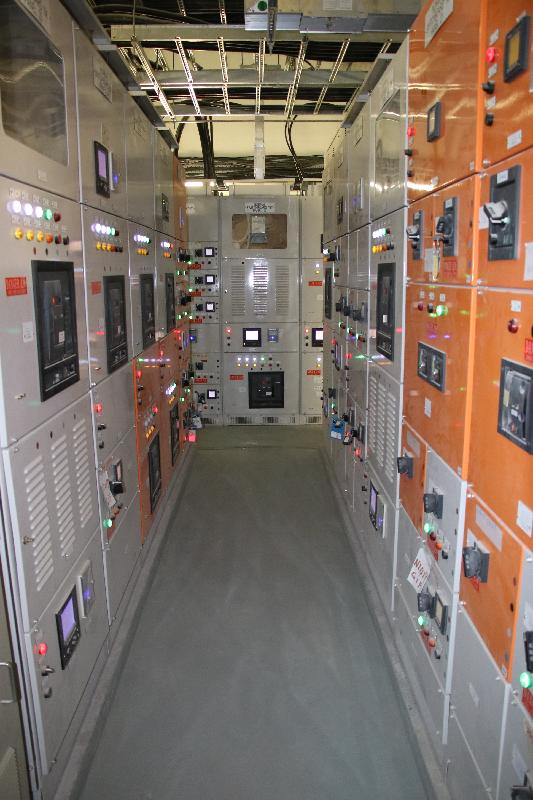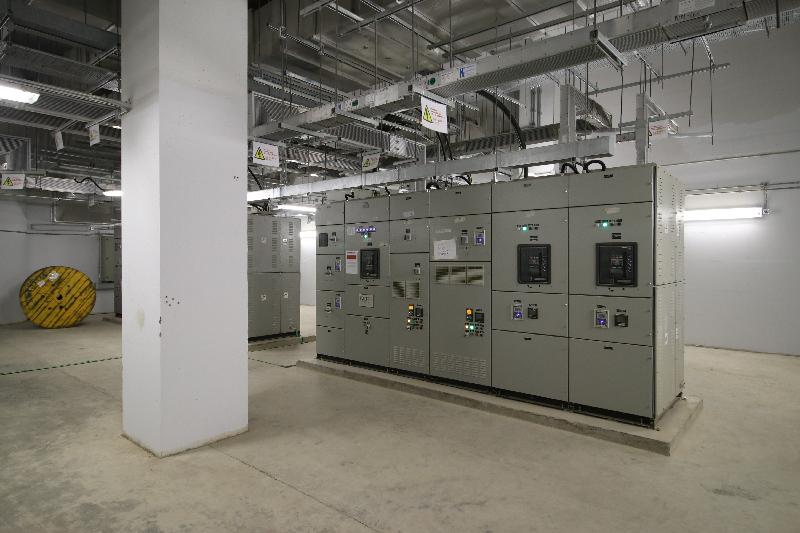Opening remarks by SEN at press conference on new Development Plans of two power companies
Following are the opening remarks by the Secretary for the Environment, Mr Wong Kam-sing, at today's (June 3) press conference on new Development Plans of two power companies:
The Executive Council (ExCo) approved today the Development Plans (DPs) of the two power companies.
The new Scheme of Control Agreements (SCAs) reached with the two power companies are the greenest SCAs ever, offering key features on energy efficiency and conservation (EE&C) as well as renewable energy.
In the new DPs under the SCAs, the power companies have included essential capital projects to change the fuel mix for electricity generation which will help combat climate change and further improve air quality, enhance the reliability and security of local electricity supply and assist in turning Hong Kong into a smart city.
The new DPs are also expected to provide an opportunity for us to advance our achievement of the carbon intensity reduction target for 2030, and further improve Hong Kong's air quality.
To support the EE&C initiatives under the new SCAs, both power companies will introduce smart meters to help customers achieve energy saving by providing them with instant power consumption information and enable implementation of demand response schemes. This project will help turn Hong Kong into a smart city.
With the increasing use of natural gas for power generation in the coming years, the power companies have planned to jointly build an offshore liquefied natural gas (LNG) terminal in Hong Kong waters. This will be crucial to the diversification of their source of natural gas and enhancement of their supply security. It will also help them secure natural gas at a more competitive price and hence mitigate the pressure on tariff increase.
Unlike in the past two decades when there have been no plant replacements by the power companies, about ten coal units would reach their scheduled retirement life by 2030. The new DPs include key investment proposals to construct two additional new gas-fired generating units (gas units) to replace coal units which have been operating for over three decades. The overall gas-fired generation of the power companies will increase from the present 26% for CLP Power Hong Kong Limited and Castle Peak Power Company Limited (collectively CLP) and about 34% for Hongkong Electric Company Limited (HKE) to over 50% for CLP and about 70% for HKE by 2023.
Another key project is CLP's enhancement of the clean energy transmission system (CETS) with China Southern Power Grid and Daya Bay Nuclear Power Station. When completed in 2025, the strengthened network will give us the capability and flexibility to use more zero-carbon energy from the Mainland to manage our local fuel mix, thereby enabling us to advance our achievement of carbon intensity reduction target for 2030 (i.e. reduction of carbon intensity by 65% to 70% as compared to 2005) by as much as five years. In addition, the CETS will delay the plans for and/or reduce the capital investment on new gas units to replace the coal units which are due to retire in 2025 and beyond.
Possible options of utilising more zero carbon energy will be covered by the Public Engagement exercise on Long-term Decarbonisation Strategy to be carried out by the Council for Sustainable Development later this year.
The ExCo has also approved the new average tariff rates on commencement of the new SCAs as part of the power companies' new DPs. CLP's new tariff adjustment covers 15 months from October 1, 2018 to December 31, 2019 whereas that of HKE covers 12 months from January 1, 2019 to December 31, 2019.
Both the power companies will reduce their Basic Tariff Rates, CLP by 3.7% and HKE by 7.1%, as a result of the reduction of the permitted rate of return from 9.99% to 8% on commencement of the new SCAs.
The average Basic Tariff Rate during the entire new DP is projected to increase at an annual rate of 1.4% for CLP and 1.2% for HKE while the average Net Tariff Rate before rebates is projected to increase at an annual rate of 3.5% for CLP and 2.8% for HKE. The actual tariff level payable will depend on a number of factors including the actual fuel cost at the time.
To help alleviate the impact of tariff increase on households during the transition to a lower carbon future, the Government proposes to grant an electricity charges relief of $3,000 over 60 months (i.e. $50 per month) to each residential electricity account when the new SCA period commences, i.e. from October 1, 2018 for CLP and from January 1, 2019 for HKE.
The electricity charges relief is expected to roughly cover the projected cumulative tariff increase over the five-year period for about half of the households in Hong Kong.
The Government plans to seek funding of about $8.7 billion from the Finance Committee of Legislative Council before the summer recess with a view to distributing the electricity charges relief to residential electricity accounts when the new SCA period commences, with a hope to make Hong Kong greener, low carbon while balancing the environmental concerns with the tariff pressures. We hope to have your support. Thank you.
(Please also refer to the Chinese portion of the opening remarks.)

